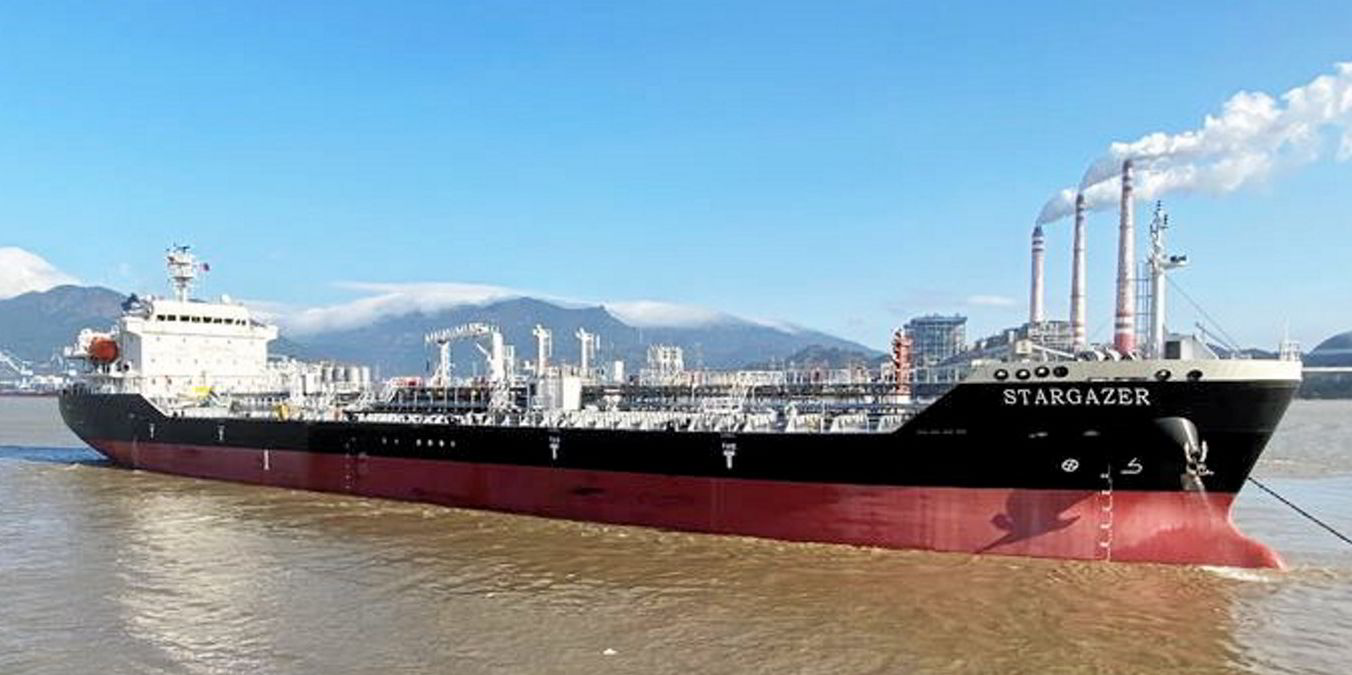Stolt-Nielsen has welcomed better tanker markets as it logged its highest earnings since 2007.
But the Oslo-listed chemical carrier and terminals group still wants more.
Net profit in the three months to 31 May was $58.6m, compared with $7.8m in the same period of 2021, as revenue grew to $689.1m from $526.9m.
The result was achieved despite an $11.1m write-off of debt issuance costs and hedge losses related to a refinancing of its revolving credit line.
But the second quarter continued where the first ended, with growing demand and a shrinking orderbook for new ships, with the positive momentum continuing to build in the chemical tanker market, chief executive Niels Stolt-Nielsen said.
“Our tanker trading team is standing firm on contract renewals and spot fixtures to capitalise on the tightening market, and we are moving in the right direction,” he said.
But he added: “Considering the historically low freight levels and weak returns that the chemical tanker industry has seen for many years now, we still have a long way to go until our returns through the cycle are sufficient to attract long-term capital for further investments in newbuildings.”
Norne Securities said it was the tanker segment’s time to shine, with group Ebit beating its estimates by 36%.
Kepler Cheuvreux said the strong result was likely to lead to a positive share price development on Thursday.
The Stolt Tankers division reported operating profit of $40.8m, up from $12.6m a year earlier, driven by improved volumes, higher utilisation and increasing spot rates.
This was partly offset by higher net bunker costs.
Sailed-in revenue was $20,772 per day, based on an average ship size of 31,550 dwt, up from $18,786.
Renewal rates jump
Deep-sea freight revenue improved by $21.4m, driven by an increase in volume and higher average freight rates.
And Stolt-Nielsen said average rates for contract of affreightment renewals increased by 11.9%.
He is expecting this positive momentum to carry through the rest of the year.
“Stolt Tankers should continue to see rising freight rates that will outpace the rise in fuel costs,” he added.
“Although we are starting to enjoy improving returns on our investments, we cannot ignore the many external challenges that lie ahead. The war in Ukraine is increasingly impacting energy supplies, particularly in Europe.”
Recession coming?
Excess liquidity in the private sector following many years of quantitative easing, together with post-pandemic demand, has driven up inflation, which is now being amplified by rapidly rising oil and gas prices, Stolt-Nielsen explained.
He warned of an inevitable global recession if interest rates rise too far.
The group remains cautious when making new investments, ensuring that the return hurdles account for higher inflation and funding costs in the future.
“We are maintaining our focus on debt reduction to strengthen the balance sheet and continue to favour fixed-rate loans to protect our cash flow against rising interest rates,” he added.





